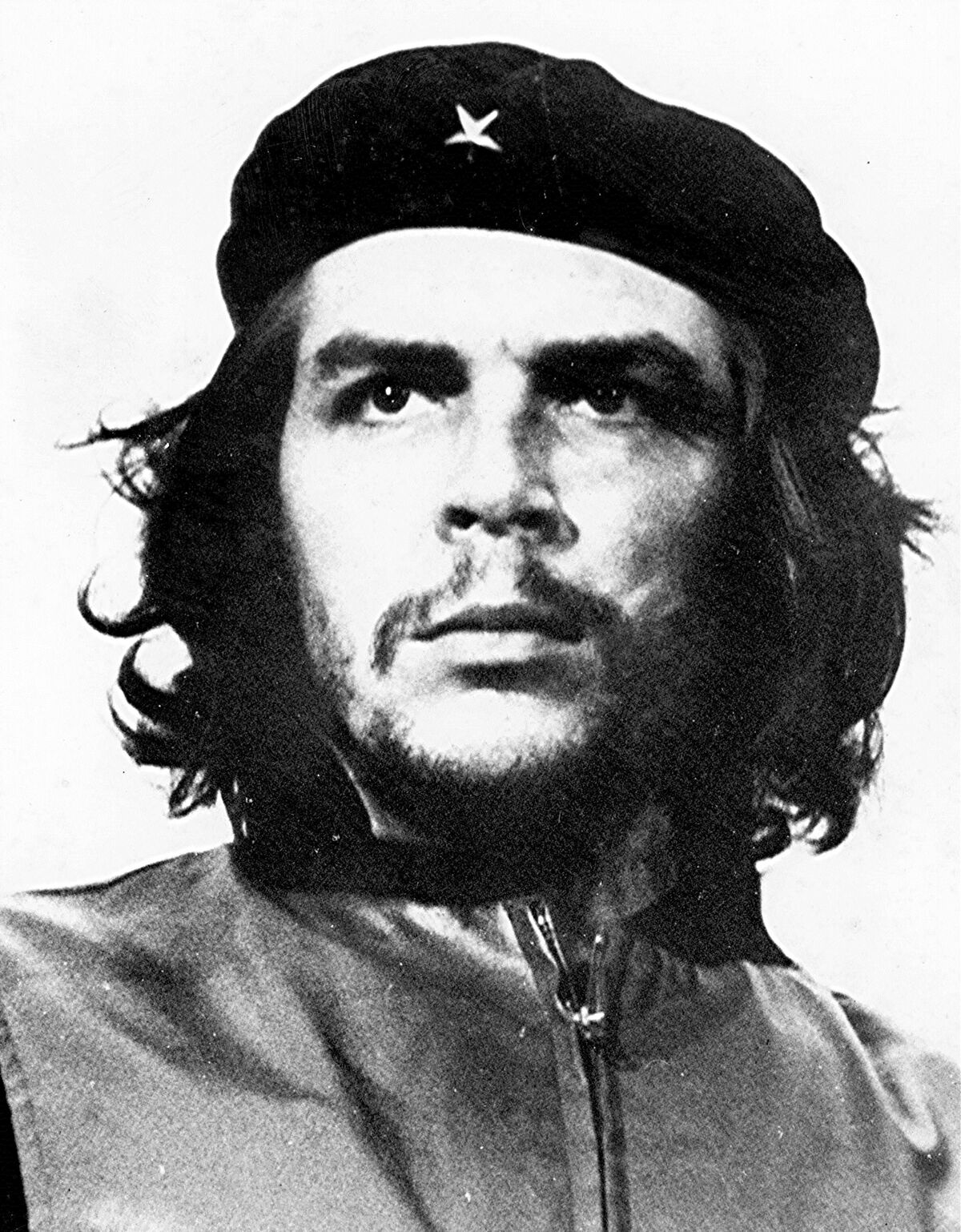Ernesto Rafael Guevara de la Serna, also known as "Che Guevara" or "Che", was an Argentine Marxist revolutionary.
During the Cuban revolution led by Fidel Castro, he was one of the main guerrilla fighters in the Sierra Maestra. After the victory of the Castro regime, he became Director of the National Bank of Cuba, then Minister of Cuban Industry. He thus played an important role in the country's economic planning. He also acted as Cuba's ambassador, establishing relations with other countries, including the Soviet Union.
He then tried, unsuccessfully, to export his revolutionary ideas to Africa, notably in Congo, and to Bolivia where he was arrested and executed.

-
1928: Ernesto Rafael Guevara de la Serna is born on June 14, in Argentina, into a middle-class family.
-
1948: He begins studying medicine in Buenos Aires.
-
1951-1952: With a friend, Che Guevara embarks on a long journey through Latin America, which will bring him face to face with widespread poverty and oppression.
-
1954: In Mexico, he meets Fidel Castro, and leaves the same year for Cuba as a fighter and doctor, to wage revolution against the dictatorial Batista regime.
-
1959: Fidel Castro defeats Batista. Castro takes control of Cuba.
-
1959-1961: Che Guevara is President of the National Bank of Cuba, then Minister of Industry.
-
1965: Fidel Castro announces that Che has left Cuba. Che Guevara, having distanced himself from the Castro regime, goes to Africa to export the revolution.
-
1966: Che Guevara secretly returns to Cuba, his revolutionary attempts in Africa having failed.
-
1966-1967: He travels to Bolivia to lead the guerrilla movement. This attempt at revolution also fails.
-
1967: On November 8, Che is taken prisoner by Bolivian special forces. He is executed the following day in La Higuera, Bolivia.